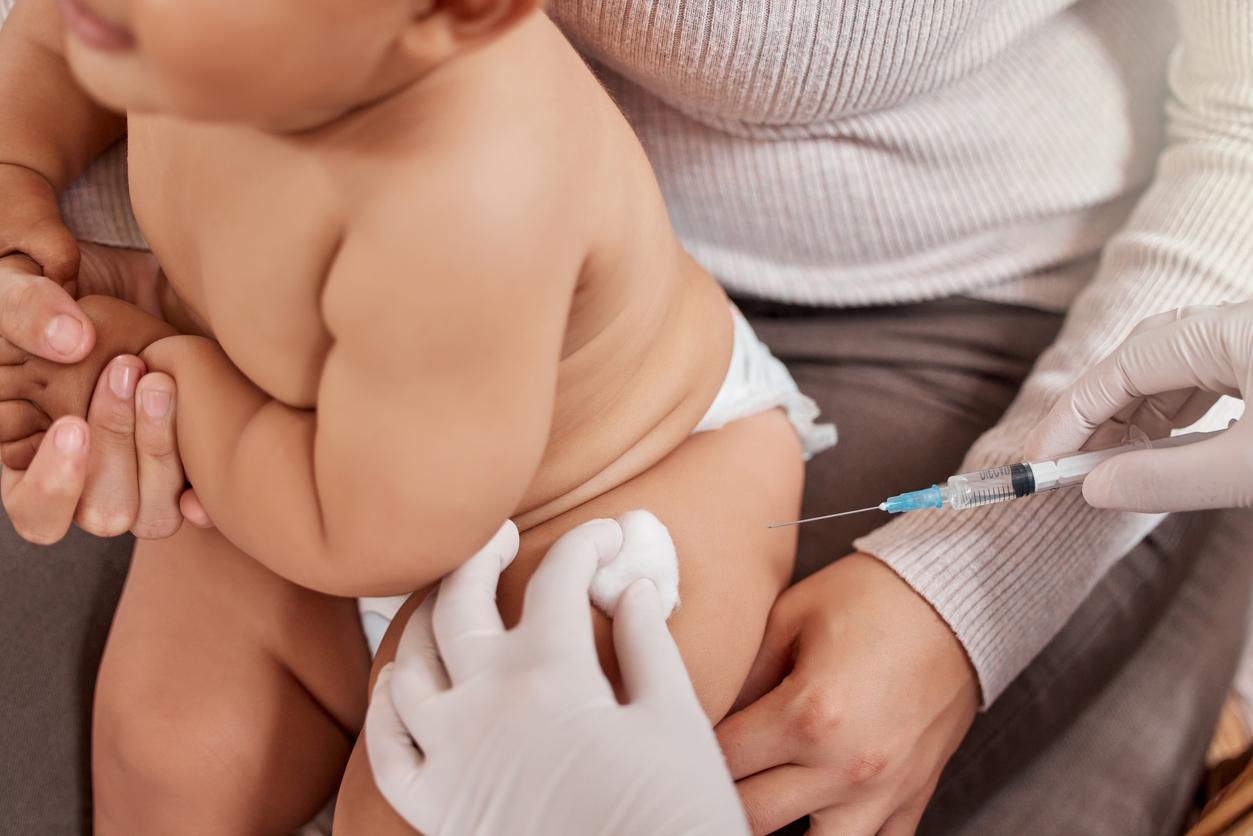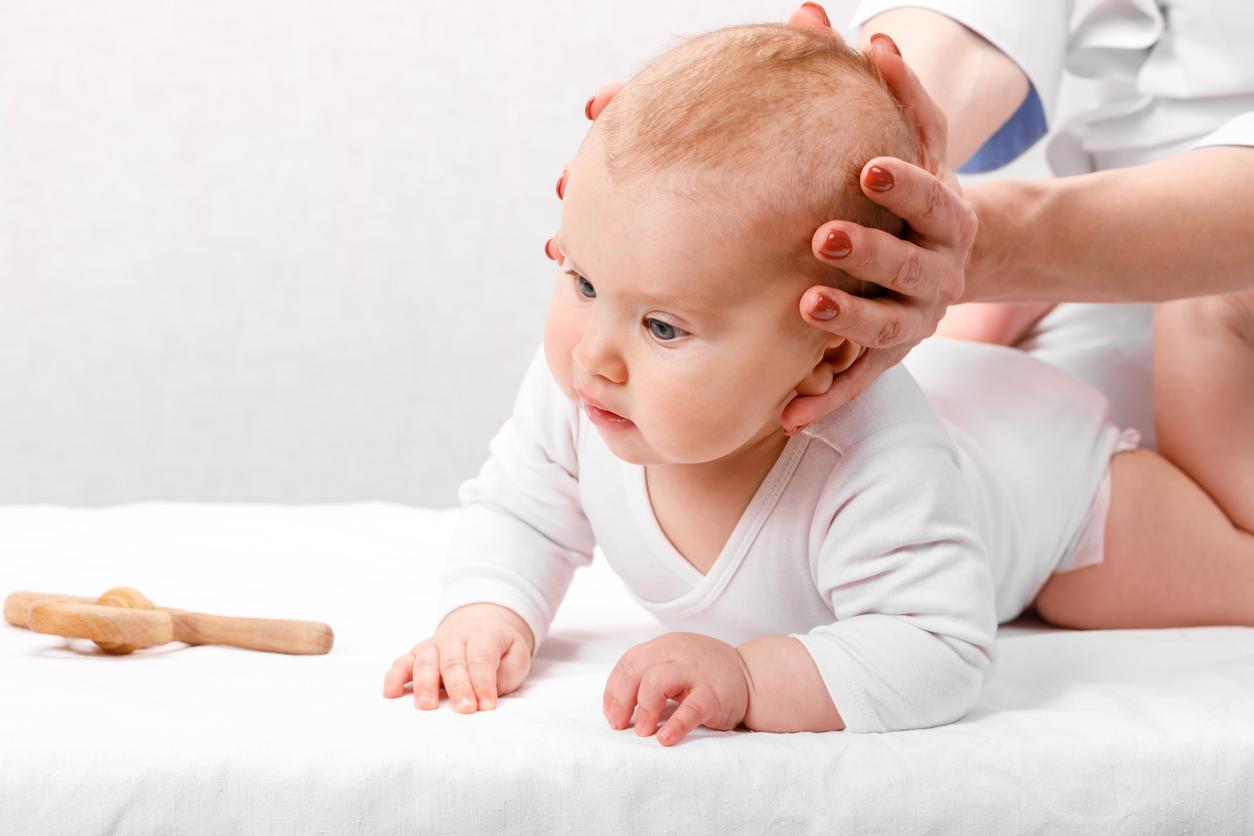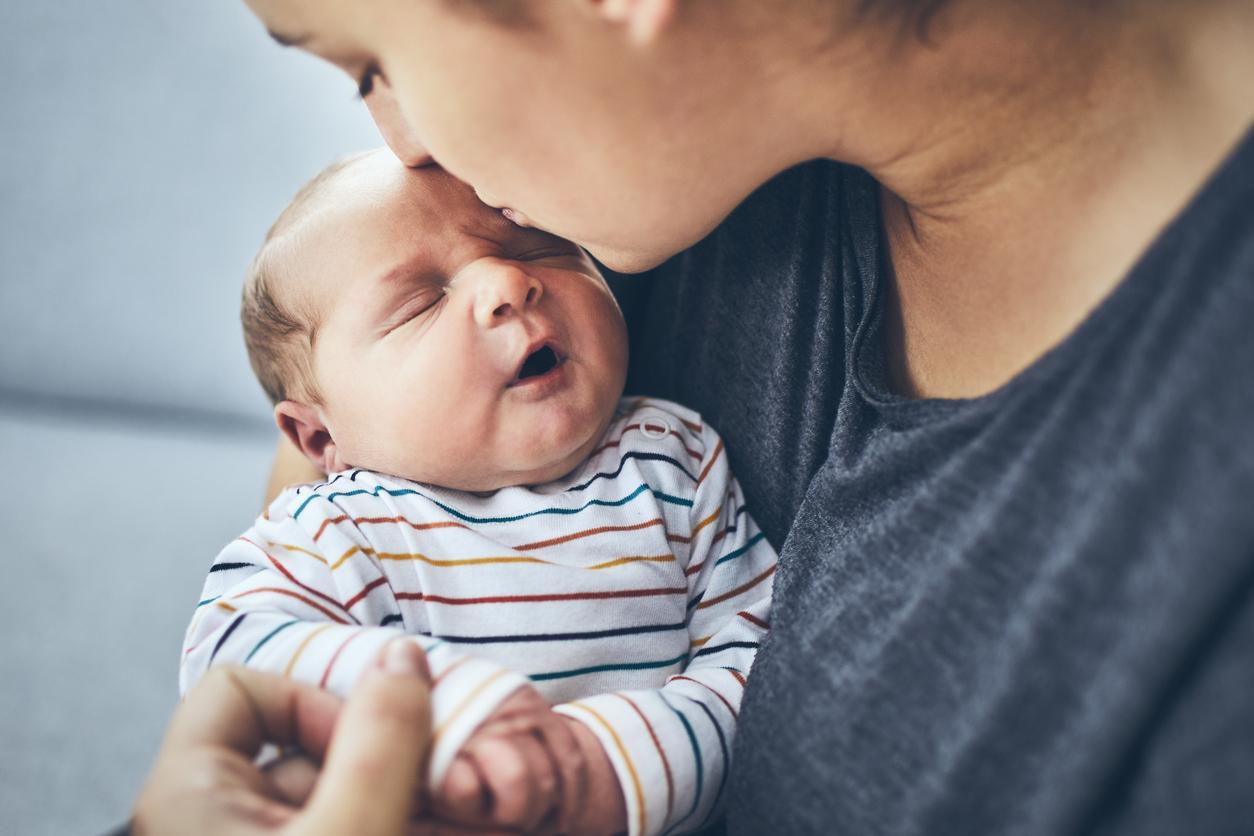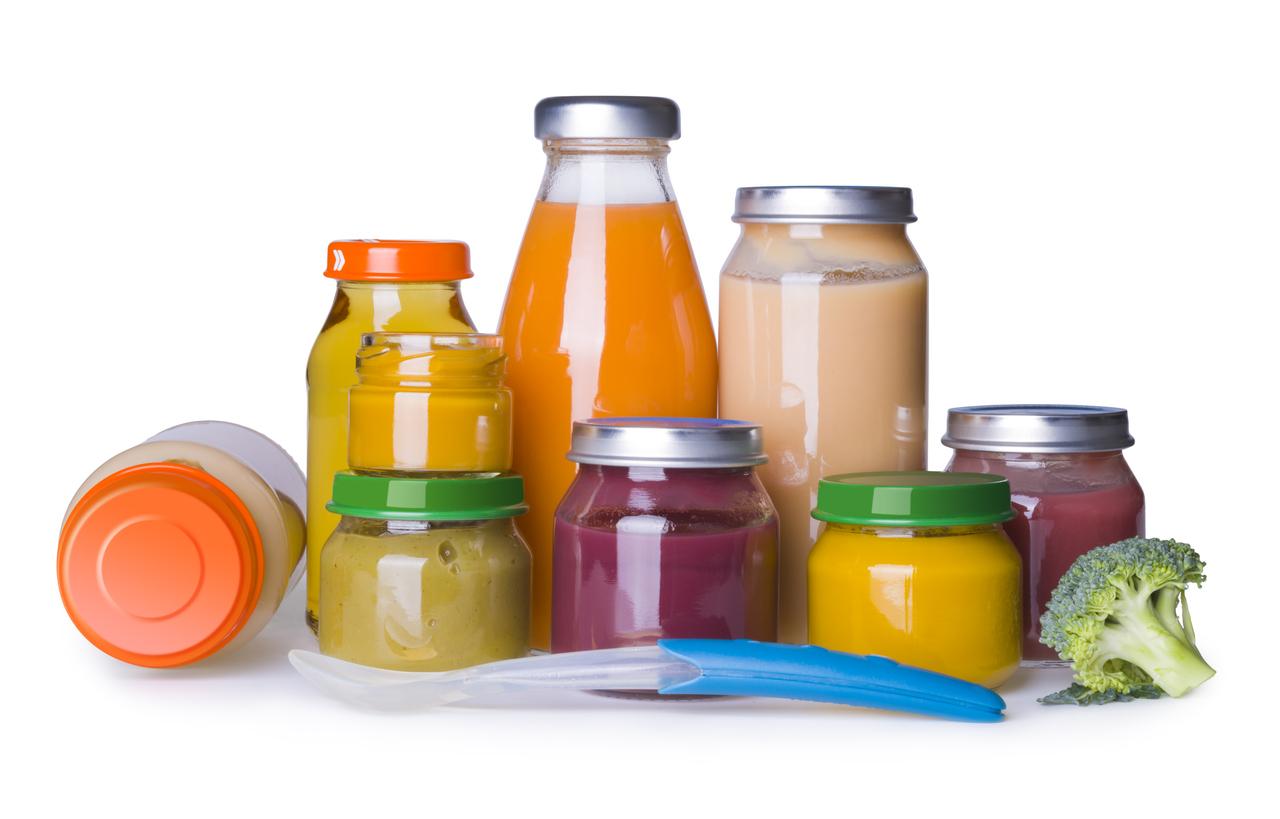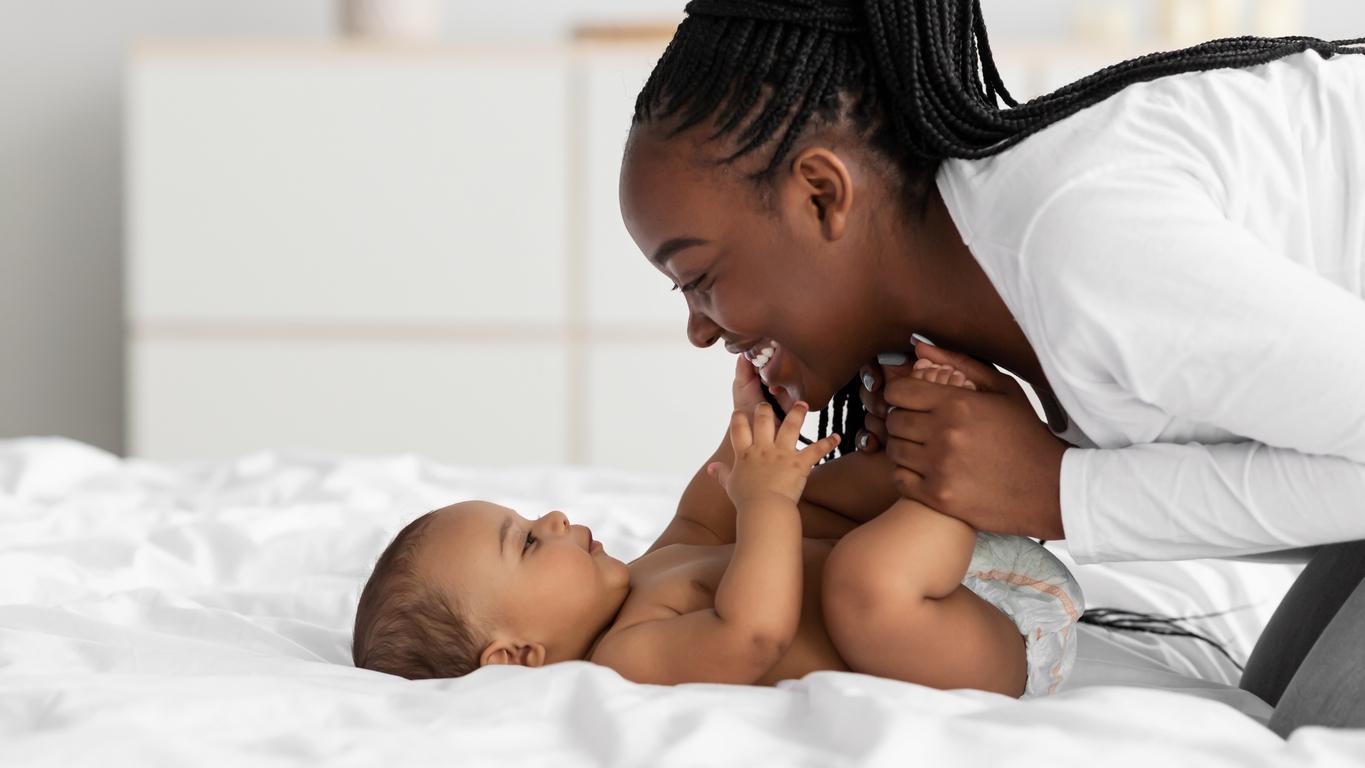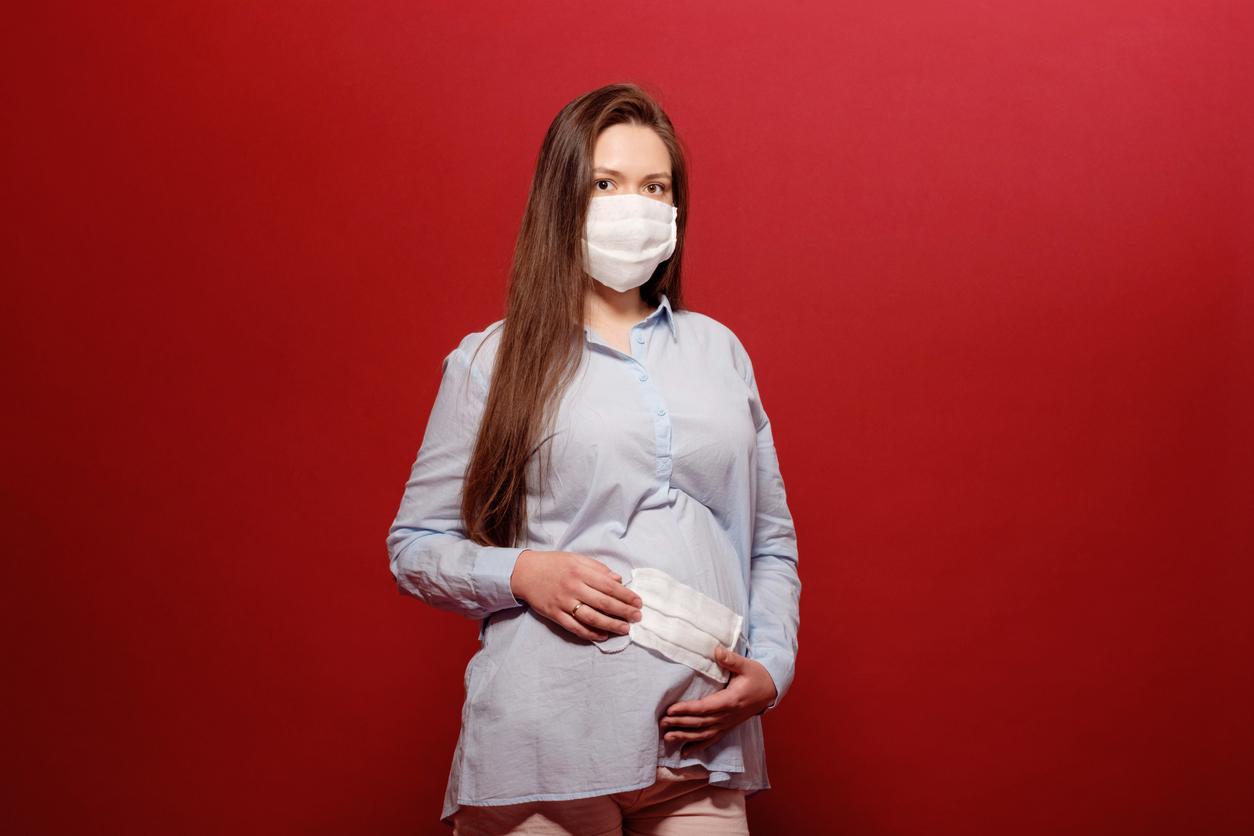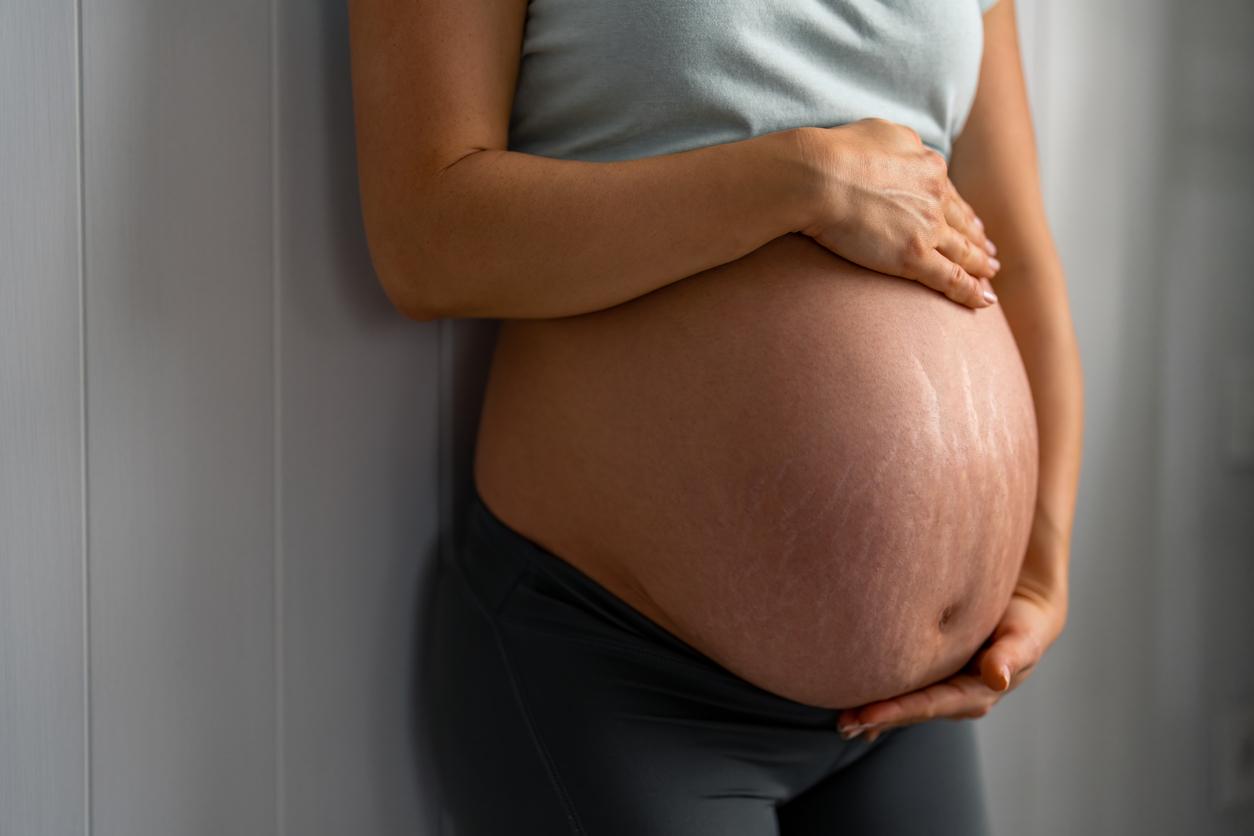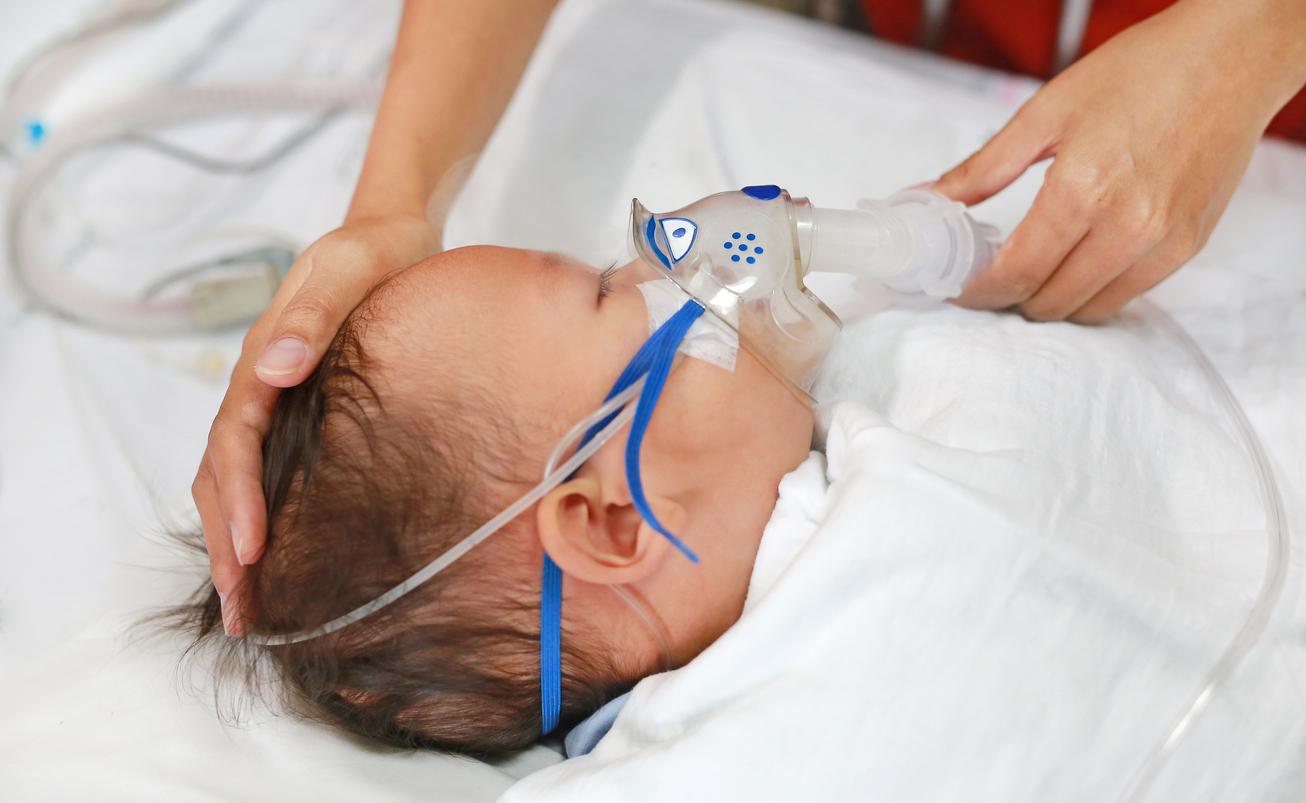Also called non-accidental head injury, shaken baby syndrome (SBS) is a form of head trauma inflicted on infants by shaking. The tremors in question are always violent, most often produced when the baby’s chest is grasped under the armpits. The sudden decelerations of the head then cause the brain to sway in the cranial box and the tearing of certain veins which irrigate the brain.
The baby may then stop breathing and brain, eye and spinal cord damage may occur.
Children without sequelae are in the minority
The consequences are important : significant losses of neurons, which will impact the child all his life, can be caused. And it can also go as far as death: one child in 10 dies after being “shaken” by an adult. “Some sequelae may only appear at a distance due to a lack of learning. But children without sequelae are in the minority” emphasizes the High Authority for Health, which issued recommendations in 2017.
As the Department of Health points out in a new awareness campaign that is part of the “First 1000 Days of a Child” campaign, 75% of babies who survive shaking will experience very heavy sequelae due to brain damage:
- A delay in psychomotor development or motor disabilities
- Cognitive disorders and learning difficulties
- Behavior problems
- eating disorders
- sleep disorders
- Visual impairment or blindness
- Hearing loss or deafness
- Epileptic seizures.
What reflexes in case of difficulty with a baby
This awareness campaign also reminds parents of the reflexes to adopt before giving in to what the various facts call “an unfortunate gesture”: “keeping a baby is not easy. If the people responsible for the child know difficulties or feel in a situation of vulnerability in front of him, there are reflexes to adopt”:
- Put the baby safely in his bed, by laying him on his back (there is no danger in leaving him alone in this position)
- Leave the room for a few minutes
- Breathe and focus on something else to regain their calm
- If possible call a loved one to talk about it or help them by taking over
- Asking for help: sharing their fears and doubts with those around them as well as with professionals.
Read also :
Diagnosing shaken babies better
Shaken baby: what does it mean?









